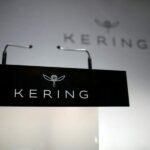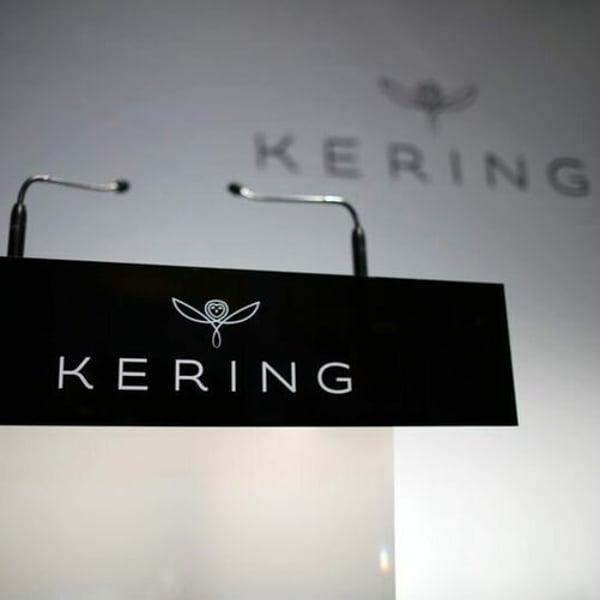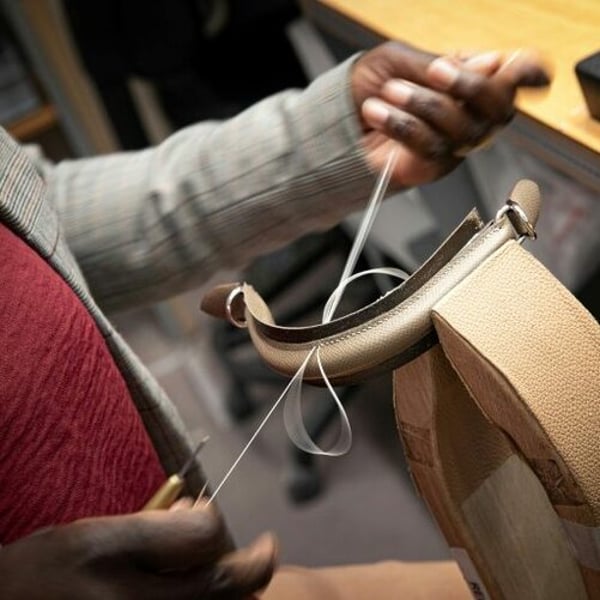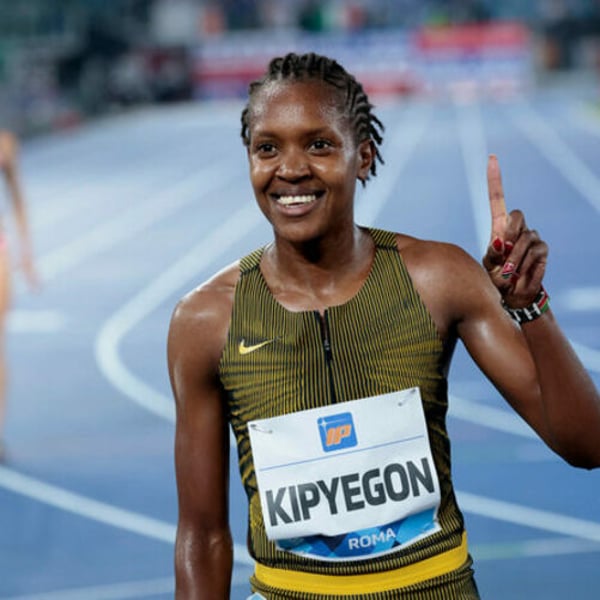Closely-watched ASOS has released its results for the half-year to 2 March and said that its “new commercial model” is driving a “profitability transformation”.

That statement refers to its positive adjusted EBITDA, which was up around £60 million year-on-year (YoY) in H1, driven not just by the new commercial model but also by “sustained cost discipline”. Its gross margin also improved during the period.
Not that it means everything in the garden is as rosy as it would like just yet, with plenty of losses recorded in the accounts statement too.
So, let’s look at the numbers. Adjusted group revenue fell 13% to £1.291 billion. But the adjusted gross margin rose to 45.2% from 40.3%. Adjusted EBITDA was £42.5 million, a vast improvement on a £16.3 million loss on that basis a year earlier. But while adjusted EBIT also improved, it was still a negative figure to the tune of £39.6 million compared to an EBIT loss of £98.1 million in the previous year. The adjusted figure before tax was still a loss but narrowed to £69.5 million from £120 million. Net debt also reduced to almost £276 million from just under £349 million.
Those adjusted figures clearly show a definite improvement as do most of the firm’s statutory figures. Statutory group revenue was down 14% at £1.299 billion but the gross margin increased from 40% to 45.1%. The statutory operating loss was £210.1 million, a hefty figure but better than the equivalent loss of £246.8 million a year earlier. That’s also the case for the loss before tax, which was £241.5 million, narrowing from £270 million.
The company said customers are “responding well to increased newness and speed to market”. In the UK, its largest market, ASOS Design total sales rose 9% YoY in H1, growing market share, enabled by its “market-leading Test & React (T&R) and investments into quality”. Globally own-brand full-price sales also returned to YoY growth in H1.
But why did sales continue to fall during the first half? ASOS said that “in line with guidance, H1 revenues declined 13%, a continuation of FY24 trends, driven by annualising declines in old inventory and optimised performance marketing”.
ASOS also said it made significant progress on key strategic initiatives. It successfully scaled T&R to over 15% of own-brand sales, on track for its 20% full-year target. Flexible Fulfilment (FF) models are now at around 7% of third-party GMV, with major new market and partner launches set for H2. Added brands included Bimba y Lola, Jimmy Fairly and Oh Polly among more than 25 new brand partners in H1, and a further 40 set to launch in H2, as well as more exclusive collections.
It also embedded its new organisational structure in H1, designed to accelerate decision-making and empower a culture of continuous innovation. In H2, initiatives will include launching Topshop.com, the ASOS.WORLD loyalty programme, live shopping features, enhanced search and personalisation, as well as further leveraging AI across the business (including through its AI stylist), and “addressing causes of unnecessary returns”.
And it said it’s improving its US proposition with US customers now accessing a greater product range via UK fulfilment, following changes to its global distribution model. We’re told the “early response has been strong, with double-digit run-rate sales improvement and significantly higher full-price mix”.
From H2, a full hybrid US model will be in operation, including a smaller, more flexible local site and Partner Fulfils rollout. Of course, it continues to “closely monitor the evolving US tariff outlook and see[s] opportunity to respond as necessary through improved agility and flexibility of our sourcing and distribution model”.
It also reiterated its FY25 profitability guidance. Driven by a significant increase in its full-price sales mix, it continues to expect a gross margin of at least 46% and adjusted EBITDA to increase by at least 60% to £130 million-£150 million.
But for FY25, it expects revenue growth towards the bottom end of the consensus range. Yet the year’s GMV growth is expected to be 1-2ppts better than revenue growth.
CEO José Antonio Ramos Calamonte said of all this: “H1 FY25 is the strongest sign yet that our new commercial model is working. We are driving a significant transformation in profitability, with positive adjusted EBITDA. Customers are responding positively to our focus on full-price sales, speed to market, and quality. Importantly, these successes have been achieved whilst maintaining strong cost control and improving our inventory health. We look forward to a fantastic pipeline of new products, brands and customer experiences, and remain confident in our ability to deliver sustainable, profitable growth.”
Copyright © 2025 FashionNetwork.com All rights reserved.









